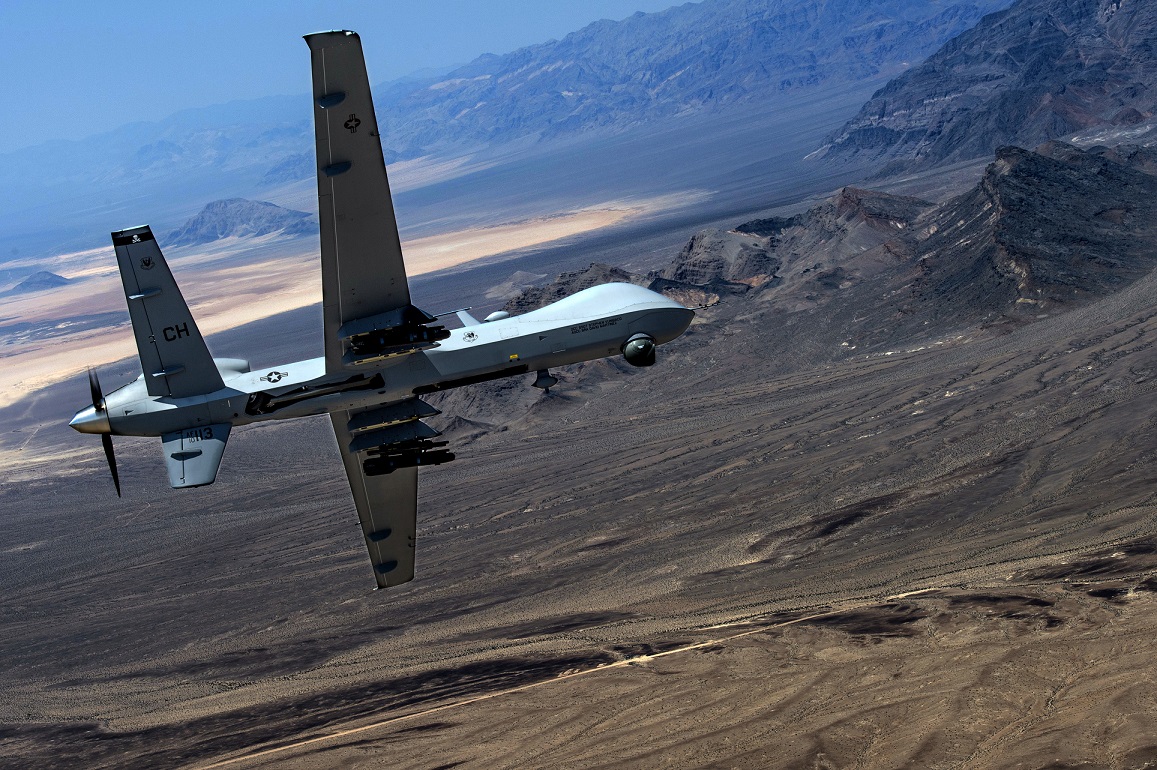
This post is also available in:
 עברית (Hebrew)
עברית (Hebrew)
Unmanned aerial vehicles could take a more decisive role in the defense of US assets. A new study claims that a coherent US and allied strategy to increase the use of drones in regional hotspots could serve as a strong deterrent to gray-zone aggression by Russia and China.
The research, by the Center for Strategic and Budgetary Assessments (CSBA) said its “deterrence by detection” strategy would cost about $1.4 billion annually.
The study argues that US armed forces are poorly configured to handle potential regional aggression by Russia in Western Europe and by China in East Asia, where both countries are “developing the ability to launch aggression rapidly against states on their periphery under the cover of increasingly capable reconnaissance-strike networks.” “Beijing or Moscow could exploit their time-distance advantage to seize allied territory before the United States and its allies could respond, thereby creating a fait accompli that would be difficult to reverse after the fact.”
However, according to breakingdefense.com, a US deployment of long-endurance, non-stealthy unmanned aerial systems (UAS), could provide a persistent “eye in the sky” capability that could reduce the likelihood of either nation pulling off such a stealthy coup. The Pentagon has to develop “new concepts of operations and organizations to employ those capabilities effectively.” The assets include Air Force MQ-9 Reapers and RQ-4 Global Hawks, Navy MQ-4C Tritons, and Army MQ-1C Gray Eagles.
“UAS conducting ISR missions could provide increased warning of a pending Chinese or Russian attack, thereby helping to ensure that forward postured forces are prepared to respond decisively. By increasing warning time, UAS would help mitigate the United States’ time-distance disadvantage, thereby allowing the United States and its allies to mass sufficient combat power to prevent a fait accompli.”
The study analysis shows that implementing “deterrence by detection” in priority areas would “require 46 airframes in the Western Pacific and another 46 in Europe, or a total of 92 aircraft.” “The United States and its allies and partners could meet the inventory requirement by shifting existing aircraft from other theaters and missions to the Western Pacific and Europe and by assigning some of the aircraft the United States is already procuring to new missions,” it explains.

























